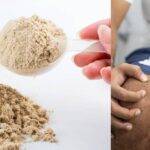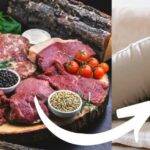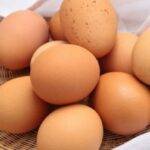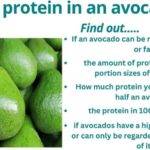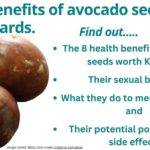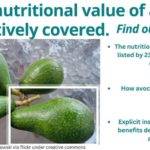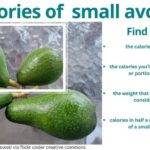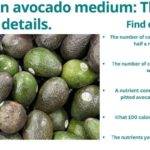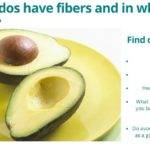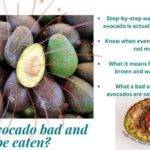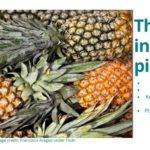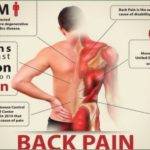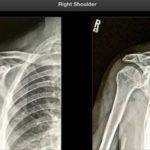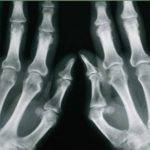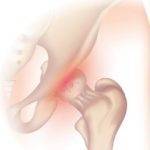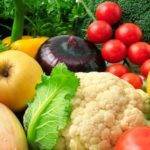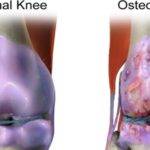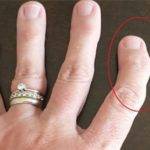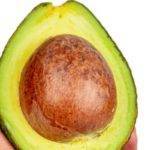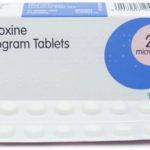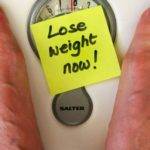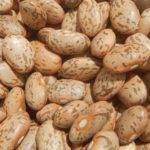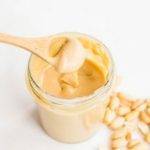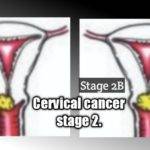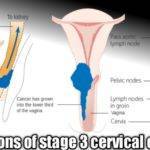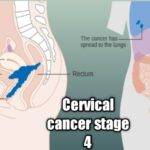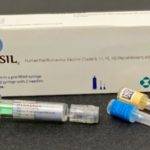
Table of Contents
The recommended daily allowance for protein by age ranges from 13g for a child between the age of 1-3 years to as much as 56g for a male above the age of 19. Below the age of 13 years males and females need equal amounts of protein daily but above 14 years, males will need consistently more proteins than females.
As you age, your protein needs increase due to a couple of factors one of which is the prevention of a loss in muscle mass called sarcopenia as published in the Journal of American Medical Directors Association (JAMDA)1. However, body weight and activity level are other ways of better estimating your protein need that have a greater influence on your daily requirement as discussed in another article you may want to read.
Also, in previous articles I talked about the amount of protein, you’ll need for muscle growth based on your level of activity and by extension your daily calorie requirement, how proteins may help you lose weight, the association of protein drinks with weight gain, what happens if you intake too much protein, and if protein powder can make you constipated.
In this article, I’ll delve into your protein need by age range and gender after which I’ll discuss the protein requirement for the elderly.
Do keep in touch by signing up for our newsletter:
Daily protein requirement by age and gender.
Here, I will discuss the recommended daily allowance (RDA) of protein for different age ranges first for males and then for females. RDA is the minimum amount of protein your body needs to function properly. Let it be known these are broad recommendations as there are other factors that determine exactly how much protein your body needs irrespective of your age and body weight.
The daily protein requirement by age for males.
If you are male, here is the minimum protein requirement you’ll need according to your age. The minimum daily allowances are presented in age groups than for individual ages as there can be a lot of overlap in the protein requirements for each age.
| Age range | Daily protein allowance |
|---|---|
| 1-3 years | 13g |
| 4-8 years | 19g |
| 9-13 years | 34g |
| 14-18 years | 52g |
| 19-30 years | 56g |
| 31-50 years | 56g |
| 50+ | 56g |
From table 1 above, you will notice beyond the age of 4 years the recommended daily allowance increased from 13g to 19g. This represents an additional 6g of protein daily to keep the child growing.
From 9 years to the age of 13 years, there is another increase of 15g (19g to 34g). This increase represents more than what a less than 3-year-old baby needs daily. As the male child develops into his teens with all the physiological and anatomical changes the age range is known for, an additional 18g of protein will be needed above the daily allowance before the age of 13.
An 18g increase in the demand takes it from 34g to 52g of protein daily. Beyond the age of 19, there is a marginal increase in the demand by just 4g. This takes it from 52g to 56g. It remains at 56g of protein daily for all ages or age groups above 19 years.
It is reasonable to infer that the increase in daily protein needs for people of the same gender is due to a corresponding increase in body weight. As one ages or grows physically, from infancy, there is an increase in body mass and by extension, body weight. therefore an increase in the amount of protein needed by the body.
This supports the use of body weight in determining your actual daily protein need. It is a reliable tool in telling how much protein you will need no matter your age.
The daily protein requirement by age for females.
Women or females usually need less proteins than men of equal age. Below are the daily protein requirements by age for females.
| Age range | Daily protein allowance |
|---|---|
| 1-3 years | 13g |
| 4-8 years | 19g |
| 9-13 years | 34g |
| 14-18 years | 46g |
| 19-30 years | 46g |
| 31-50 years | 46g |
| 51+ | 46g |
The body mass or weight-related increase in daily protein requirement as seen in males also applies to females of different age ranges. However, the increase stops after the age of 14. From this point, it stabilizes at 46g of protein per day.
This is only a minimum daily requirement. Your actual daily requirement may be more or less than what is stated in Table 2.
You will notice females need less protein than their male counterparts by the time they enter their teens or are above the age of 13. This is the age they start undergoing sexual and physical maturation.
The maturation process sees males needing more calories than females. The number of calories needed by both genders correlates with the amount of recommended daily allowance for protein. Therefore your daily calorie requirement is another useful tool used in determining how much protein you will need daily irrespective of your age.
How many grams of protein per day for a woman?
There is no single figure for the amount of daily protein requirement that applies to all women. Determinants of required protein intake include your:
- Age: The older the more proteins you will need up to a maximum as described in previous sections of this article.
- Body weight: A minimum of 0.8g of protein per kilogram of body weight daily and a maximum of 3.5g/kg daily.
- Daily calorie requirement: 10-35% of your daily calorie need should come from proteins.
- Pregnancy and Lactation: A pregnant woman or lactating mother will need more proteins than one that’s not.
- Activity level: The more active you are, the more proteins your body will need. You will also need more proteins if you are trying to build muscles. You will find more on this with an illustrative table in a previous topic on the daily intake of proteins.
Elderly protein requirements.
The current minimum protein requirement for the elderly is the same as for adults. This is about 0.8g/kg/d. However, elderly people with sarcopenia may need between 1.2 to 1.5g/kg of body weight daily.
This increased protein intake applies to most elderly people with acute and chronic diseases except those with serious kidney diseases who are not on dialysis, according to a study published in the Journal of the American Medical Directors Association (JAMDA). Higher protein intake is needed to offset or combat the catabolic and inflammatory conditions associated with diseases in the elderly.
Higher protein intake is also necessary to compensate for poor protein absorption and metabolism in elderly people. This helps to prevent protein deficiency with the associated complications. In addition to higher protein intake for the elderly, physical activity is necessary to boost food intake and muscle protein anabolism according to a scholarly article published in the Journal of Vitamin and Nutrition Research2.
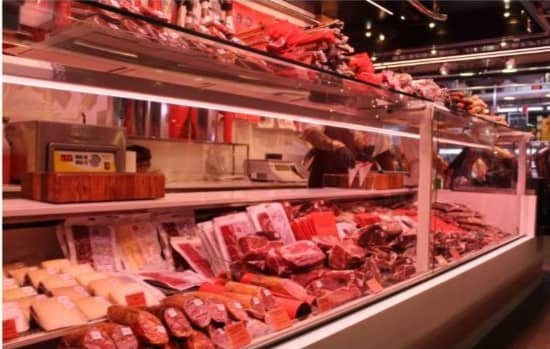
Protein requirements per kg.
Grams of protein per kilogram of body weight per day is one of the most reliable and widely used measures of the protein needs of an individual. There is a minimal recommended daily allowance (RDA), but your actual protein requirement is influenced by your level of activity. The recommended daily allowance is typically for sedentary, less active people.
More active people and those engaged in sporting activities will need a whole lot more proteins daily than the recommended value as discussed in another topic you may want to see. Below is a highlight of the protein requirement for individuals per kilogram of body weight.
- Minimal recommended daily allowance: 0.8g/kg/day.
- For muscle growth with minimal activity: 1g/kg/day.
- For muscle growth with moderate activity: 1.3g/kg/day.
- For muscle growth with intense activity: 1.6g/kg/day.
- Maximum protein intake per day: 3.5g/kg/day.
You will find a table for the protein requirements per kilogram listed for different body weights of a man or woman in a previous article.
That’s all there is on this topic. I hope it provided all the answers you need. If you have further questions kindly use the comment box or send us an email. Kindly share this article if you found it helpful. See you on the next topic.
References.
- Morley, J. E., Argiles, J. M., Evans, W. J., Bhasin, S., Cella, D., Deutz, N. E., Doehner, W., Fearon, K. C., Ferrucci, L., Hellerstein, M. K., Kalantar-Zadeh, K., Lochs, H., MacDonald, N., Mulligan, K., Muscaritoli, M., Ponikowski, P., Posthauer, M. E., Fanelli, F. R., Schambelan, M., . . . Anker, S. D. (2010). Nutritional Recommendations for the Management of Sarcopenia. Journal of the American Medical Directors Association, 11(6), 391-396. https://doi.org/10.1016/j.jamda.2010.04.014 ↩︎
- Dorothee Volkert and Cornel Christian Sieber (2013). Protein Requirements in the Elderly. International Journal for Vitamin and Nutrition Research Vol. 81, No. 23. https://econtent.hogrefe.com/doi/abs/10.1024/0300-9831/a000061?journalCode=vit ↩︎









